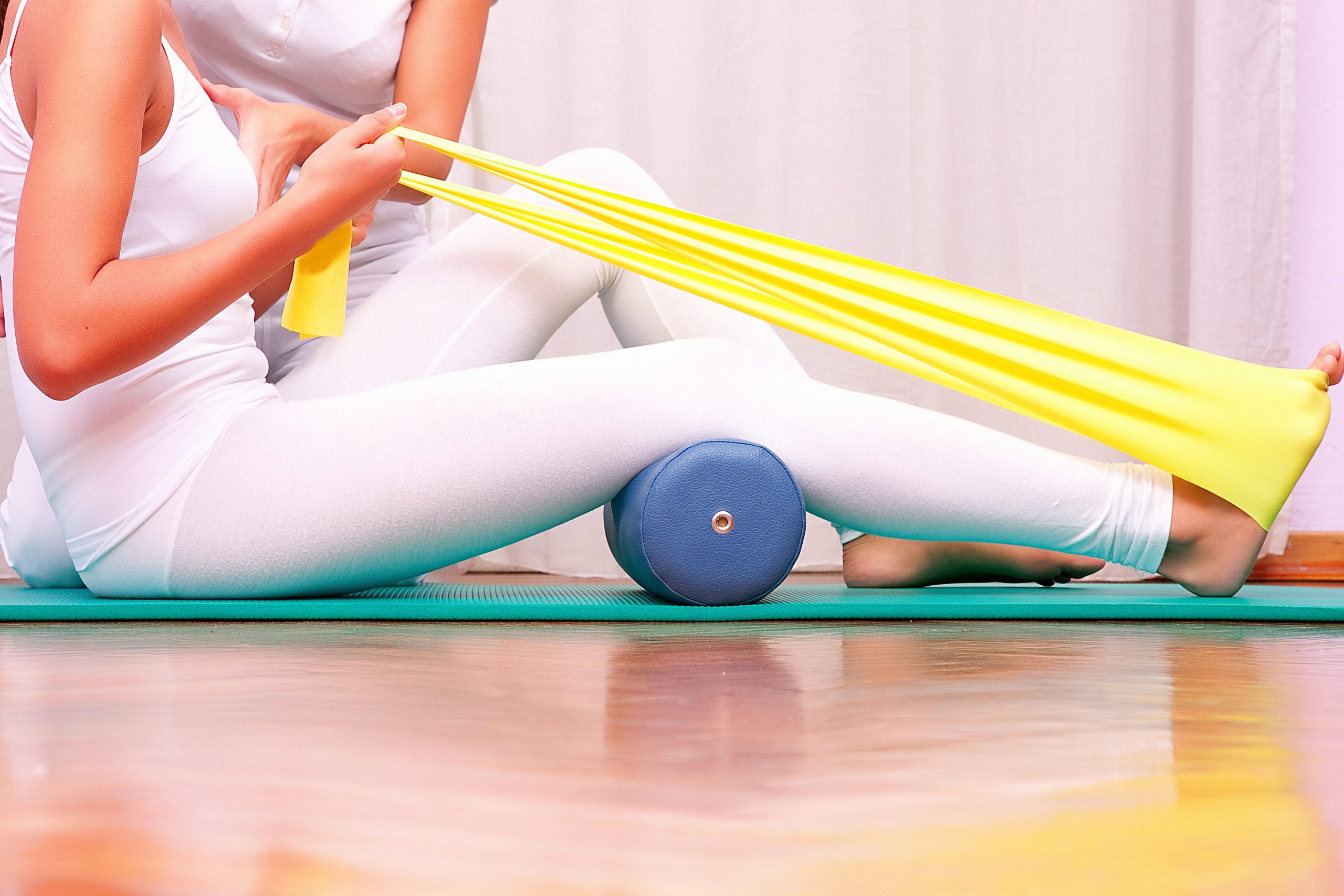Yoga Anatomy Fundamentals
206 bones, 600 muscles, 6 types of moveable joints…does this sound like more than you want to know or learn about? You’re not alone. Studying anatomy can be an overwhelming task for many yoga teachers. However, knowing yoga anatomy fundamentals is also important and goes a long way in boosting your credibility. So, how do you learn yoga anatomy fundamentals in a simple, yet effective way? What do yoga anatomy courses typically include? And, just how much is enough for you to know as a yoga teacher? In this article we address these questions by discussing what is included in yoga anatomy fundamentals for yoga teachers.

- The basics: This section addresses the building blocks of our bodies and the basic yogic concepts. This includes the connective tissue (fascia, joints, ligaments, tendons, etc), bones, muscles and cells. These parts of the human body make up our basic structure, and define our physical strength, flexibility, elasticity. They also contribute greatly towards movement. As we age, the functioning of these parts determine our well-being. For example, joint health will impact the chance of developing knee pain or problems like arthritis. The yogic concepts addressed here are Sthira and Sukha. The Sanskrit word Sthira refers to strength and stability while Sukha refers to comfort, ease and a relaxed state. This is linked to Maharishi Patanjali’s Sutra, “Sthiram Sukam Asanam”, which means to be steady and comfortable in any posture, on and off the mat. Now, with yoga anatomy, this section addressed how our foundation has to be strong, yet relaxed to perform yoga postures the right way, and to maintain a healthy state of being.
- Breath: Our breath is the most essential requirement for survival. Yet it is often overlooked and ignored. In yoga anatomy, the importance of breath to unlock energy or Prana is studied. How does the breath strengthen the deep connective tissue? How can breath allow you to go deeper into a posture? For example, if you are trying to do the Seated Forward Bend Pose (Paschimottanasana) you might find it hard to straighten the knees due to tight hamstrings. But by lengthening the back and easing yourself into the posture while taking slow, deep breaths you can slowly, slowly straighten out the knees. In an online yoga anatomy fundamentals course you will learn how the breath enables this in greater detail. The yogic concepts of Prana and Apana are studied here. Prana is the energy that leads us to our source. It moves up and inwards, while Apana is outward-moving energy that drives us through life. They are both responsible for different body functions which are fundamental to yoga anatomy.
- Muscle physiology: In this section the physiology of muscles is studied. That is, strength, flexibility, movement and joints. There are different types of movements such as extension and contraction, among others. When doing certain yoga postures, muscles can slide over each other to create that movement. In some cases, you need to build muscle memory by gently easing yourself into the posture or pushing your limits. In joints there are six types of movements such as ball-and-socket, saddle, hinge, etc. The stronger the joint, the lesser the chance of injury. Studying yoga anatomy fundamentals will allow you to go deeper into muscle physiology and functioning, and how this applies to yoga postures. Elasticity and flexibility of the muscles is also defined by the fascia. The more hydrated and healthy the fascia, the better your flexibility.

Read this article to know more about ‘What is Fascia’ and the role it plays in the human body.
- Spine: The spine is the most integral part of yoga anatomy and more specifically movement. The spine is divided into four parts, the cervical, thoracic, lumbar, and the sacrococcygeal region. Each part of the spine has specific movements, limitations and roles. For example, in the lumbar spine rotational movements are limited due to the apophyseal joint (the point where two or more bones join together in the spine) capsules. However, they all work together to produce a movement, whether in everyday life or while doing yoga postures. The spine is also supported by the core and thus, stronger the core, stronger the spine.
- Another important aspect is alignment in backbends and forward bends. For example, in a forward bend like Seated Forward Bend (Paschimottanasana), we might tend to curve the back because the hamstrings are tight and to avoid bending the knees. But this is an incorrect alignment. So, in yoga anatomy you will learn how to improve flexibility of the hamstrings to avoid curving the back in such postures.
- The spine is a lengthy topic. While it might sound scary, the good news is you don’t have to know everything (explore the myths about yoga anatomy and physiology here). A good online yoga anatomy fundamentals course will curate and simplify the right amount of knowledge and study material for you from a yoga perspective.
- The lower limbs: The lower limbs include the feet, knees, hips and pelvis. This section addresses alignment in standing postures and how alignment should be in an inversion. It also includes walking, how to put the right pressure on the knees when sitting or standing up and awareness of weight between the hips and knees.
- The upper limbs: This includes the hands, wrists, forearms, elbows and shoulders. The upper limbs section also addresses alignment in arm balancing postures like the Crow Pose or HandStand. The challenge many face in arm balancing postures is the necessary strength to carry the body. So knowing which muscles to encourage your students to strengthen and engage will be helpful for you as a yoga teacher.
Take a look at this article on how yoga teachers can benefit from knowing yoga anatomy.
Each of these body regions come into effect in different yoga postures. Knowing the anatomy behind them and how certain yogic concepts are also relevant will equip you with more knowledge and the skill to teach effectively. You don’t have to know all the names immediately, but knowing the function and role is a great place to start. Most 200-hour yoga teacher training courses will have a module on yoga anatomy. However, you can set yourself apart by deepening your understanding of the function of yoga postures, breathing exercises and their impact with a yoga anatomy fundamentals course.
Contact us if you are interested in learning more about the functional anatomy and discover how it can make you a better yoga teacher. At Sampoorna Yoga Online Academy, you will find specialized help focusing on your well-being and expanding your knowledge of yoga, no matter where you are.


